12 Opened Foods You Need To Store In The Fridge And 10 You Don't
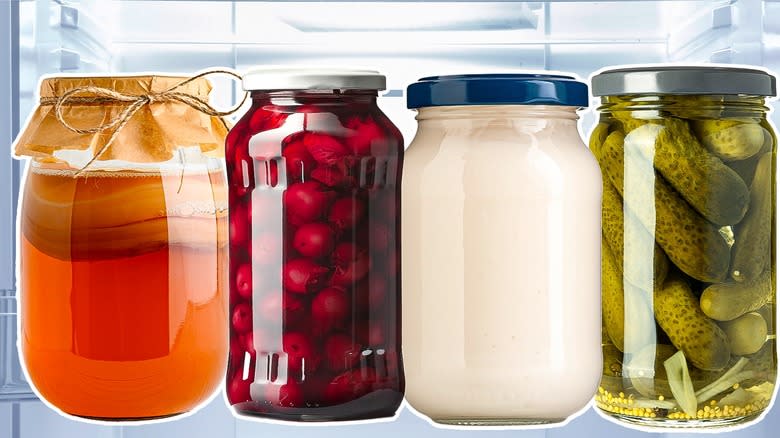
Ensuring proper storage is paramount for maintaining the freshness, quality, and safety of your food. It extends the shelf life of perishable items and mitigates the risk of foodborne illnesses. Firstly, understanding the optimal storage conditions for different types of food is crucial. Even when dealing with canned or bottled foods, you'll still need to store some of them below 40 F if you want to keep them edible. Furthermore, proper packaging is essential for preserving food quality, not to mention keeping unsavory smells under control in your fridge. Using airtight containers or wrapping food in plastic or aluminum foil helps prevent moisture loss and cross-contamination.
That said, not everything needs to be stored in the fridge to stay fresh. Some items should be kept away from the fridge at all costs. Items with plentiful amounts of salt or oils might not need the cold treatment as they already contain natural preservatives. So let's take a look at which open foods should be stored in your fridge and which might be better suited to your pantry.
Read more: What Happens If You Accidentally Eat Mold?
Chicken Stock

Store-bought chicken stock is a major time saver, as good stock can only be achieved with several hours of cooking and steeping. The catch is that the carton will likely contain more stock than you actually need for your recipe. If you plan on using more stock again in a few days, that's no problem at all, but what about when you don't have another follow-up recipe that requires stock?
Then you'll have to figure out just how long you can hold onto that carton of store-bought stock before it starts to turn. That would be up to four days in the fridge at 40 F or lower. Or you can keep it in a sealed container in the freezer for up to three months.
Ketchup
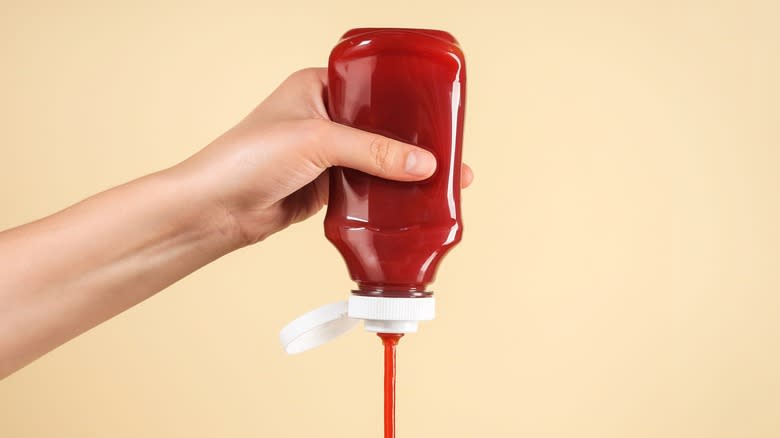
If you've ever been to a diner and found those bottles of ketchup gracing each table, you'll have noticed that this ubiquitous condiment doesn't need to be kept in the fridge at all times. It can do its job of flavoring your fries just fine even if you keep it out after opening the seal. The high acidity content will keep the product shelf-stable for many months.
However, be aware that while Heinz, the makers of ketchup, agree that room temperature ketchup won't hurt anyone, they do advise keeping it in the fridge for one important reason: It simply tastes better for longer when it's kept refrigerated. What it comes down to is the difference between eating something that won't kill you and eating something that is actually enjoyable. Either way, ketchup is best consumed within six months of opening.
Maple Syrup
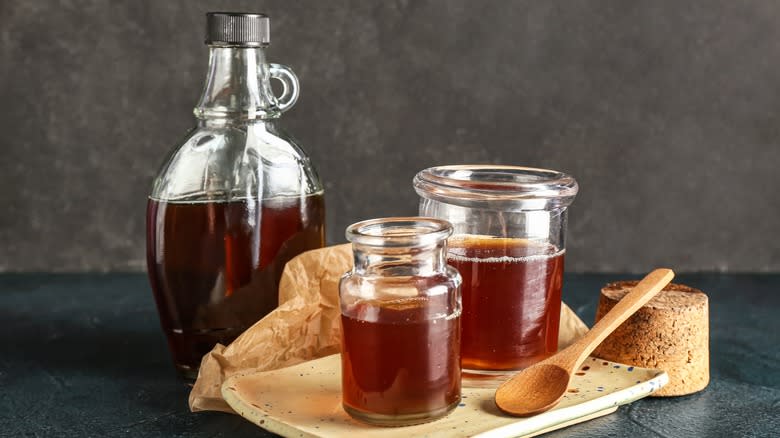
Maple syrup is so sweet you could be forgiven for thinking it can handle itself outside of a fridge. But once the bottle has been opened, it needs to be stored in the cold, otherwise it will go moldy within days. The last thing you want to do on pancake day is to reach into the pantry and find a white cloud of mold floating on your maple syrup.
Beyond that, the best thing to do is to store your syrup in a glass or metal container if you plan on holding onto it for more than three months. Plastic tends to let in more elements, causing spoilage sooner rather than later. If you really have no room for maple syrup in your fridge, know that the imitation kind will be fine sitting in your pantry for up to a year, according to the USDA. But you'd definitely be missing out in terms of flavor and texture.
Oils
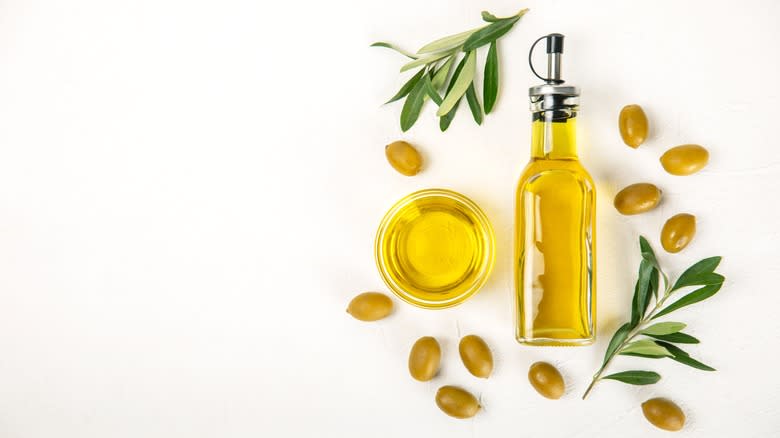
Cooking oils contain natural fats that keep the liquid stable even at room temperature. In fact, placing oil in the fridge can be downright damaging, messing with the balance of texture and flavor, especially in the case of extra virgin olive oil, which is more delicate than vegetable oil, for example. Paradoxically, some oils will stay fresher outside the fridge than inside. Safflower oil, for one, can survive two years in the pantry, and only up to six months in the fridge.
Indeed oil tends to solidify in the fridge, and although the cold will prevent the products from going rancid, which can happen if stored out on the counter for several months, you'll end up with a less-than-effective oil. The best thing to do for oils is to keep them in a cool, dark place where high temperatures and light won't filter in.
Pickles
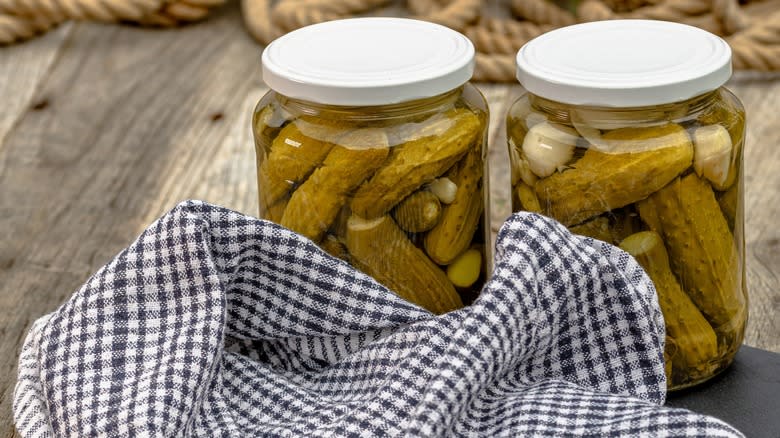
Pickles, by definition, contain plenty of acid, but it's still not quite enough to preserve them in a jar at room temperature for very long. Granted, they're not going to spoil immediately -- all that vinegar does count for something. But they will continue to pickle, if you will, meaning their fermentation process will continue unabated, making them increasingly sour.
If you want to play it safe and keep your pickles fresh for longer, putting them in the fridge in an airtight container and covered in brine is your best bet. With this strategy, the pickles should keep for at least three months. Just look out for mold or cloudy brine -- these are telltale signs that the jar has gone bad.
Soy Sauce
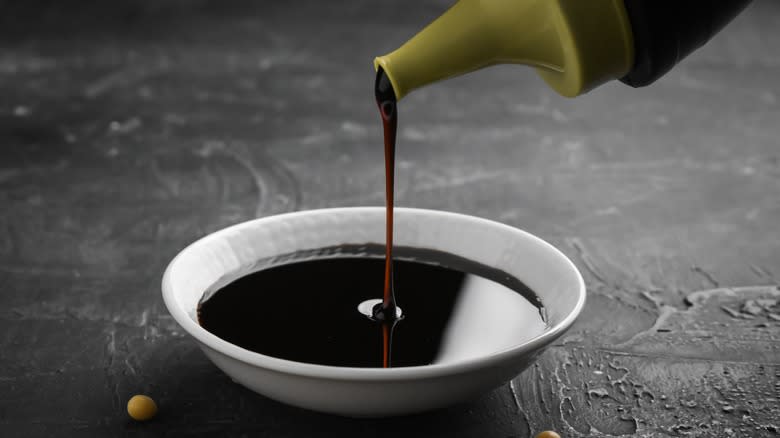
Fermented products tend to be relatively shelf-stable, even after they've been opened. Soy sauce, made with soybeans and inoculated with a mold, can count itself among these. As such, and also because of the high quantities of salt, soy sauce technically does not need to be refrigerated to be safely consumed. Salt and fermentation are the enemies of pathogens.
This is why a closed bottle of soy sauce can last indefinitely, while it can remain safe and tasty for up to three years when opened. Just don't be surprised if the flavor seems to become milder over time. The taste is at its peak in the first few weeks after opening.
Maraschino Cherries
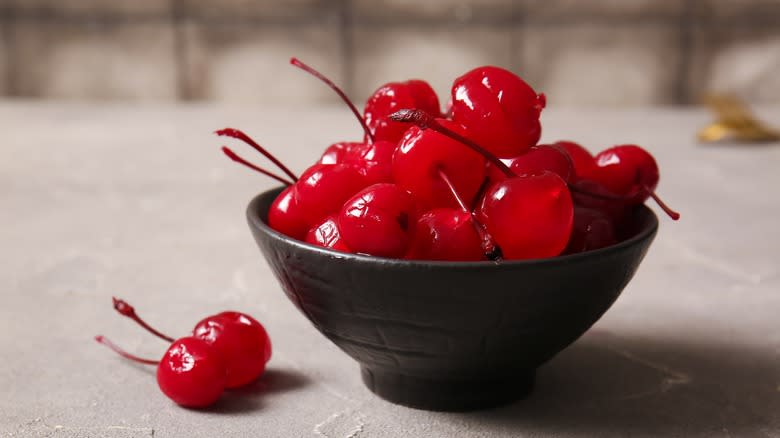
You might not use maraschino cherries often enough to instantly know what to do with an open jar of them. The answer is that they should be kept in the fridge once they're opened. This is especially true since you're unlikely to use them all within the span of a few days. How often do you really make Shirley Temples or ice cream sundaes?
These cherries contain large amounts of sugar, an element that seems to attract bacteria in droves. When kept in the fridge, the coolness will stem the rise and proliferation of this bacteria, which feeds on the sugar and produces unsavory and unsafe byproducts. This way you'll be able to keep them fresh for anywhere from six months to a year.
Honey
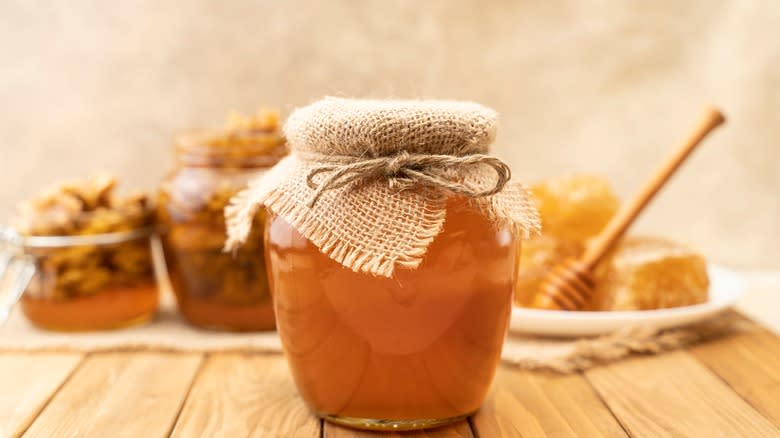
Honey is one of those few ingredients that can last practically forever, even outside the fridge. That's because there are so many natural sugars and acids in it, that it naturally repels bacteria. So much so that you can apply it to a wound to promote healing.
So take a page from the bee book –- since bees just store their honey in their hives, no refrigeration is required -- and keep your honey in a cool, dark place. Indeed, refrigerating honey can even harm it. While it won't make it unsafe, it can turn it into a crystalline sludge that will be practically impossible to spread evenly on anything. Heating up the honey can return it to its former, gooey, state, but this process could potentially diminish the honey's nutritional value and flavor.
Natural Peanut Butter
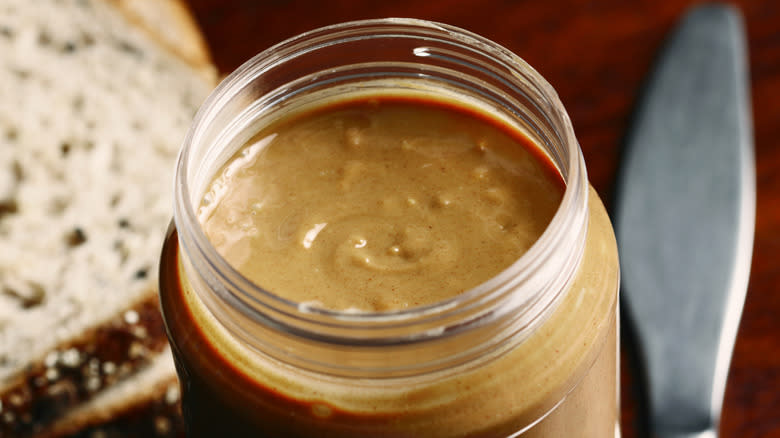
Regular peanut butter can sit comfortably in your pantry for months on end without showing signs of slowing down. But that's because regular peanut butter is packed with preservatives, extra salt, and all sorts of mysterious ingredients that keep it shelf-stable. This is not the case with natural peanut butter, which should definitely be refrigerated once opened, lest it turn sour.
Although this natural peanut butter won't go bad right away, it will only take a few weeks to become inedible. If you think you can finish the jar long before that cutoff date, then by all means, keep your natural peanut butter in the pantry. But for the best flavor and peace of mind, consider carving out a spot for it in the old ice box. Then just take it out about 20 minutes before you need it to ensure it becomes spreadable.
Molasses
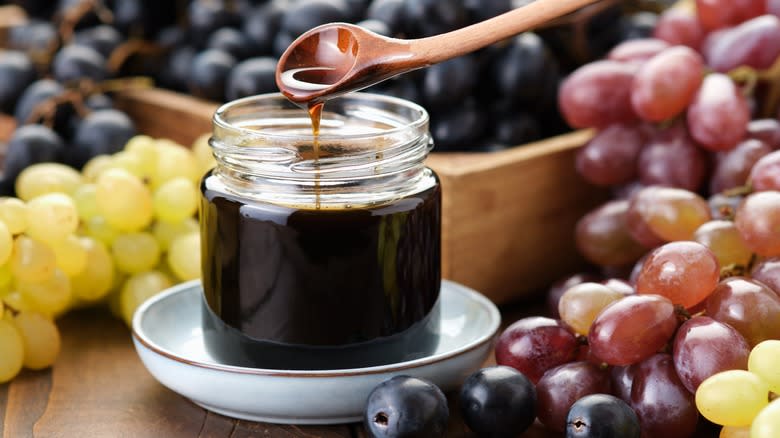
Molasses can be used in a wide range of desserts and savory dishes, but that doesn't mean it's used all that often. How many weeknight recipes do you have that call for molasses? Probably not many. This means that for most of its life, your jar of molasses is going to be sitting somewhere unattended. That place should be the pantry and not the fridge.
This is because molasses -- as the byproduct of the sugar-making process -- is practically just made of sugar, which means it can survive unmolested by bacteria on a shelf for up to six months. Putting it in the fridge isn't going to hurt the molasses -- it is just completely unnecessary, especially since molasses is so thick that it's hard enough to pour already, never mind when it's cold and solidified.
Low-Acid Vinegar
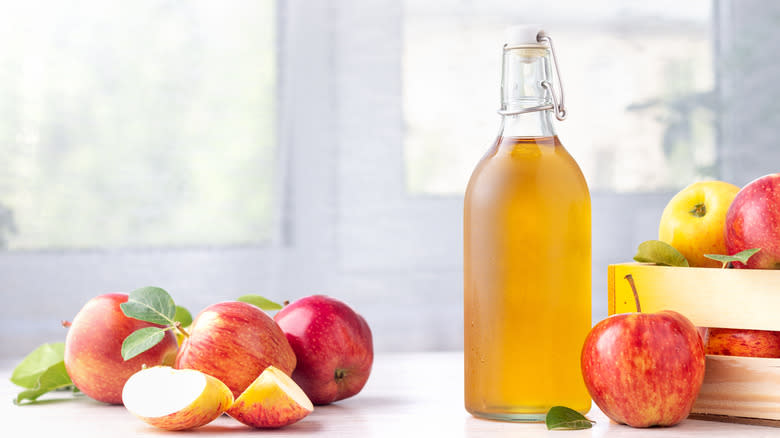
Vinegar is acidic by nature, which gives it a built-in preservative, as acid is the enemy of bacterial growth. This is why most vinegars are stored in the pantry or even out on the counter. But not all kinds of vinegar were created equal, and the truth is that some of them just don't have enough of that handy acid to keep them shelf-stable for long. This is one reason why Ina Garten, for one, keeps many of her vast collection of vinegars in the fridge.
You might want to consider doing this too, but you won't have to keep all of them in the fridge. Stick to the ones with a lower acid content, which you can figure out yourself with a simple taste test. Broadly speaking, distilled white wine vinegar has the highest acidity level, while cider vinegar and rice wine vinegar come in at the lower end of the scale.
Worcestershire Sauce
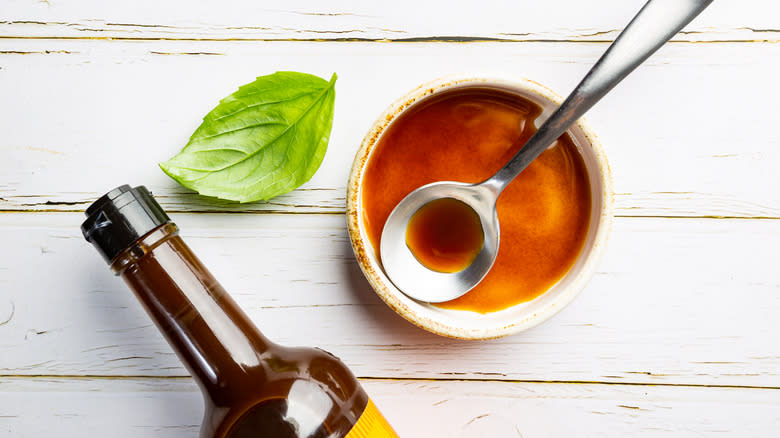
The recipe for the original Lea & Perrins Worcestershire Sauce may not be common knowledge, but we do know that it contains plenty of vinegar, salt, molasses, and fermented elements, all of which conspire to keep this condiment shelf-stable for up to a year. But if you like to only use your Worcestershire sauce sporadically, and don't think you can finish it up within the year, then go ahead and keep it in the fridge, where it can stay for up to three years without diminishing its safety for consumption.
If you can't remember how long that bottle has been sitting in your fridge for, it's always useful to do the sniff test. If it still smells good, it's probably still good to consume.
Red Wine

Closed bottles of red wine can last for years and even decades, as anyone who likes to age wine in their cellar would know. For best results, make sure the red wine is stored in a cool, dark place, like a cellar, and that it is horizontal at all times -- this will keep the cork moist, which will protect the wine.
But once that bottle is opened, all bets are off. Red wine can spoil surprisingly quickly, turning into a vinegary substance within days. So if you don't think you'll get to it until next week, the best way to keep it from becoming a red wine vinegar is to store it in the fridge. Just be sure to take it out 20 minutes before drinking it. There's something decidedly unholy about cold red wine.
Hot Sauce
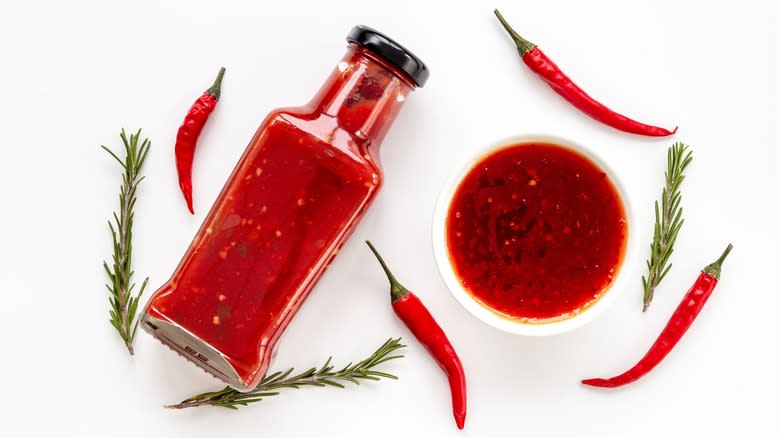
You'd think that with all that spiciness of hot sauce, no bacteria would dare approach. And in most cases, you'd be correct. Most types of hot sauce, especially the vinegar-based ones as opposed to oil-based ones, will fare just fine in the pantry -- the hotter the sauce, the longer it will last.
But at the same time, how often do you really use copious amounts of super hot sauce? If you're dealing with the likes of Louisiana hot sauce, the type of stuff that can burn your tongue off, you're probably not going to use more than a teaspoon at a time. In this scenario, it could take you up to five years to finish a bottle. Therefore it might be best to play it safe and keep your hot sauce in the fridge, where it will remain fresh for longer.
Dairy-Based Condiments
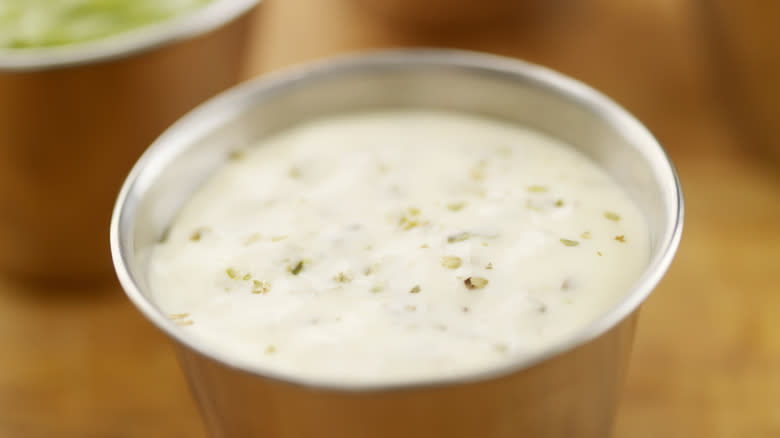
Anything that is dairy-based, even if it's a condiment that contains vinegar aplenty, needs to be kept in the fridge. This means things like salad dressings, dips, or vinaigrette. These types of products are vulnerable to instant bacteria colonization, so they won't even last a day in the pantry.
In fact, they shouldn't even be kept on the fridge door, for that matter. This part of the fridge is the warmest since it's the one that gets the most exposure to air every time the door is opened. To keep your dairy-based products as fresh as possible, they should be kept on the fridge shelves. In this position, they can more easily survive the week.
Vanilla Extract
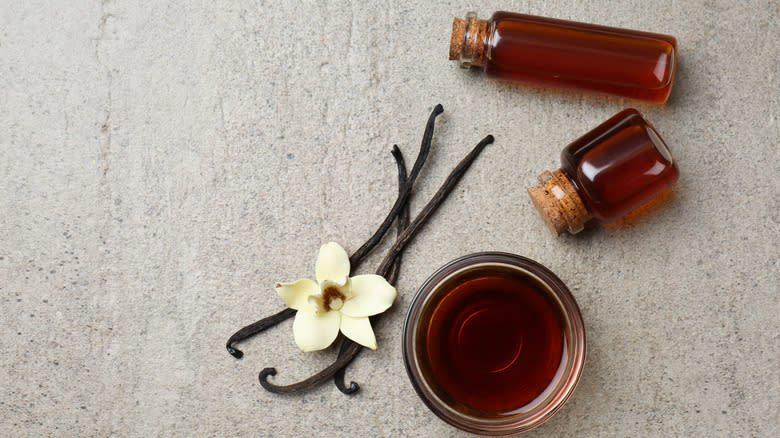
Since it only takes a little bit of vanilla to get a lot of flavor, you may end up with a bottle of vanilla extract sitting in your pantry for several years. But don't worry, this is allowed. When stored in a cool, dark place, pure vanilla can keep for as long as a decade, while imitation vanilla will be fine for up to four years.
That means that keeping it in the fridge isn't going to do you much good. Rather, it can make the vanilla cloudy and less appealing to use. Either way, the vanilla won't exactly go bad. The problem is that the flavor will alter, so if you go to use it in a recipe, you won't know exactly what strength you're getting.
Kombucha
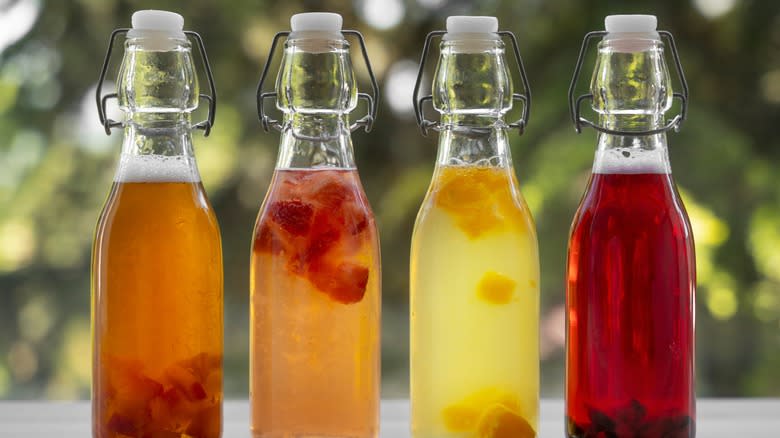
Whether you're dealing with store-bought or homemade kombucha, you best store it in the fridge or the fermentation process in this drink will go bananas -– this is true for both opened and unopened bottles. The carbonation is part of what makes this tea so unique, but it also needs to be kept balanced, and the living microbiome in the kombucha, when left at room temperature, will continue to ferment unless slowed down by the cool temperatures of the fridge.
But remember that the process is simply slowed, not stopped, so don't expect your kombucha to last forever, even when refrigerated. The inexorable fermentation process will eventually cause the yeast in it to eat up the sugars and turn the drink into alcohol.
Vinegar

While low-acid vinegars like apple cider vinegar should be kept in the fridge, the corollary is that high-acid vinegar, like white wine vinegar, can remain on the counter. The key is that they must contain enough acid to fend off any would-be bacterial intruders.
To make sure you're making the right decision regarding refrigeration, pay attention to the acidity levels on the bottle. Anything above 5% in acidity can be comfortably left in the pantry.
Mayonnaise
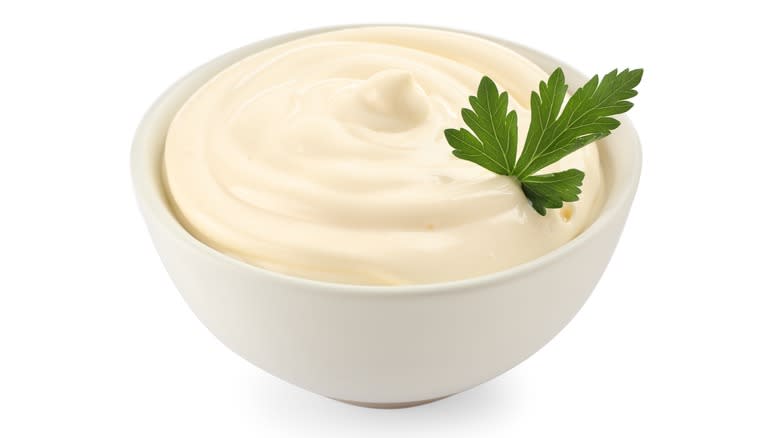
If you didn't know that mayonnaise contains eggs, you might be forgiven for thinking that this condiment doesn't need to be refrigerated. But since eggs are in fact a key component, that's a surefire sign that refrigeration is needed. The rotten egg smell is powerful and well-known, and nobody wants that wafting out of their pantry.
So even though mayo contains vinegar, which can, in principle, protect the eggs from some degradation, it is certainly not enough to preserve the freshness of mayonnaise without refrigeration. If it does go bad, you can tell not only by the smell but also by the brownish color the mayo acquires in these conditions.
Mustard
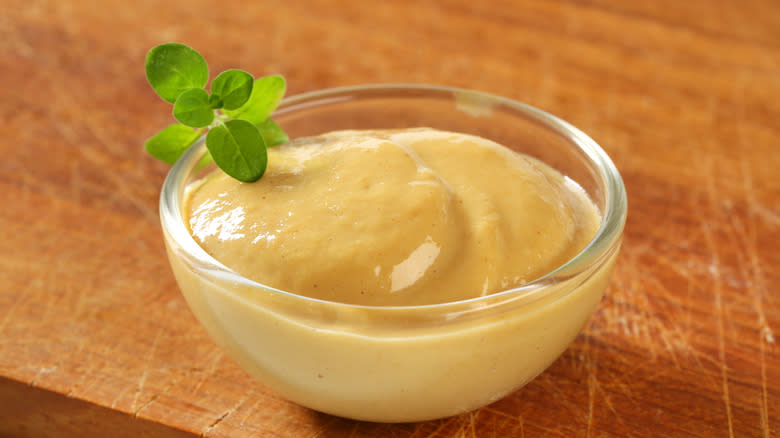
Mustard is made with some pretty hearty stuff, like vinegar and crushed mustard seeds, so it doesn't spoil easily, even when opened and kept in a pantry. So if your mustard has been sitting around unrefrigerated until now, don't worry, you can still consume it safely until up to one year after opening it.
That said, refrigeration won't hurt it either, and may in fact boost its freshness. The signature zestiness of certain types of mustard, like Dijon, can dissipate when left outside the fridge, so for the best flavor, it's a good idea to keep your mustard cold.
Jam
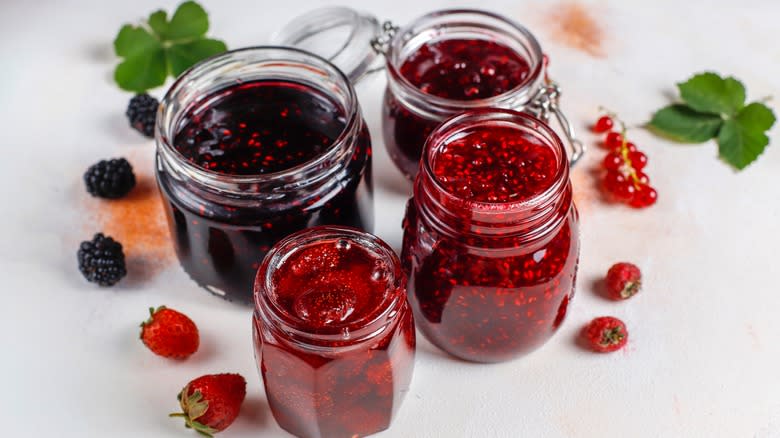
If you've ever made jam from scratch, you'll know that it contains an unholy amount of sugar. This helps keep the jam fresh when stored in a cool, dark place, but only for up to a week or so. Beyond that, the jam will quickly start to grow mold. So unless you plan on consuming the entire jar of jam within a couple of days, you're best off keeping it in the fridge.
But refrigeration is not going to make the jam last indefinitely. The cold will delay the development of mold, but it will still reach it within a few months. That said, the moldy areas will usually remain localized to the top, so as long as the smell is still palatable, it's generally fine to scrape off the top and consume the jam underneath.
Pesto
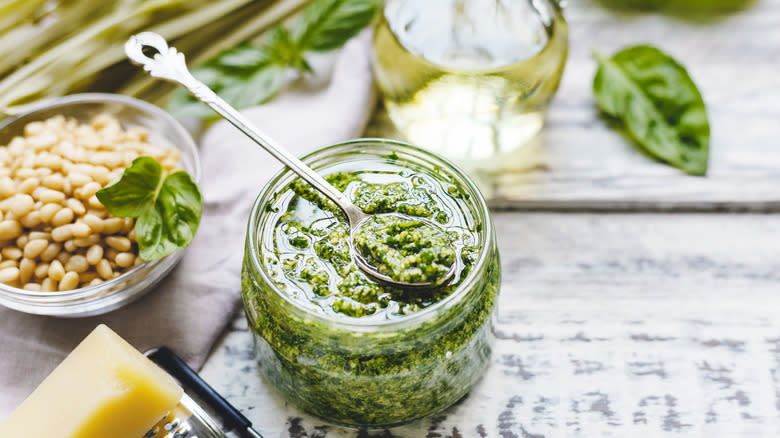
Between the copious amounts of fats and salts contained in pesto, you can be sure that if you leave your jar out on the counter overnight it's going to be fine the next day. But beyond that, it's best to keep the product in the fridge. After all, there are about equal parts basil, oil, and Parmesan in pesto, so the other ingredients may not be strong enough to preserve the freshness of the greens.
As such, any pesto left out for several days will develop a brownish color in the parts that have been exposed to air. The development of mold will quickly follow.
Read the original article on Tasting Table.

